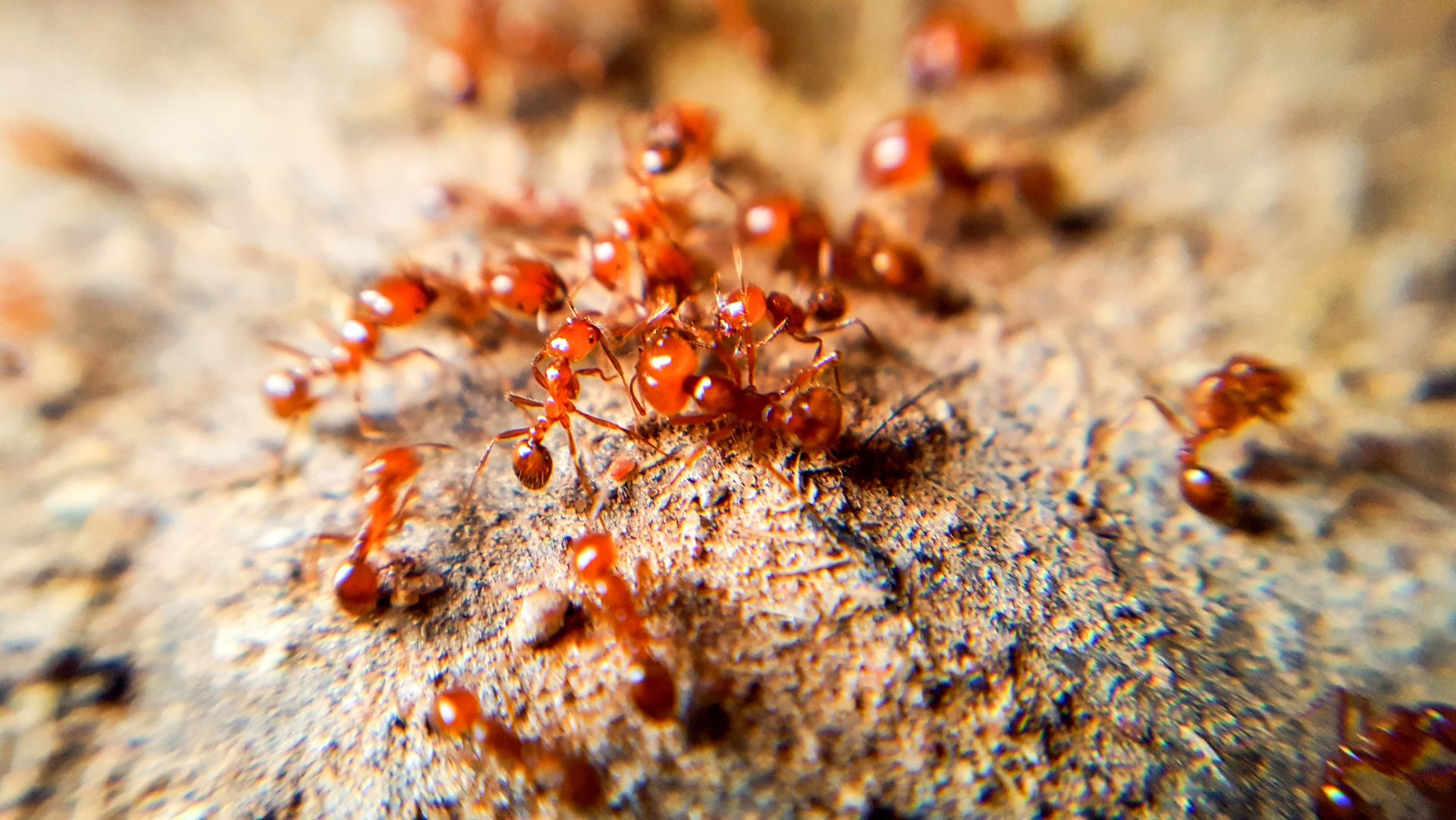Ant Control Services
Ant Specialists in Dallas-Fort Worth, Texas
At One Stop Termite & Pest Control, our proficient ant control technicians possess extensive knowledge and tactical strategies to eliminate common nuisances such as fire ants, acrobat ants, Argentine ants, odorous ants, carpenter ants, pharaoh ants, pyramid ants, little black ants, and rover ants. Whether you are currently dealing with an ant infestation or you want protection against a potential invasion, you can count on us to provide effective residential and commercial ant control solutions. We firmly believe that ant extermination is a job best left to the experts, and we pledge to deliver a pest-free environment for our clients. Rest assured that our team will conduct efficient ant control treatment and removal services while employing procedures with minimal disruption.
Cockroach Control Service
Call Today for a FREE Estimate on our Ant Removal Service/Prevention.
Why One Stop Ant Control?
We at One Stop Termite & Pest Control are a family-owned business that stands as the premier choice for ant control services. Our ant control experts can execute meticulous ant inspections and monitoring as part of our comprehensive approach. We are equipped with the tools and knowledge to accurately classify the nature of the infestation and devise precise ant extermination strategies customized to your specific needs.
You can count on us to create a tailored ant control program that prioritizes the well-being of your family, pets, employees, and customers. We are committed to delivering unparalleled ant control and removal services to ensure a pest-free and conducive environment. Contact us today for a complete ant control solution that never disappoints.









